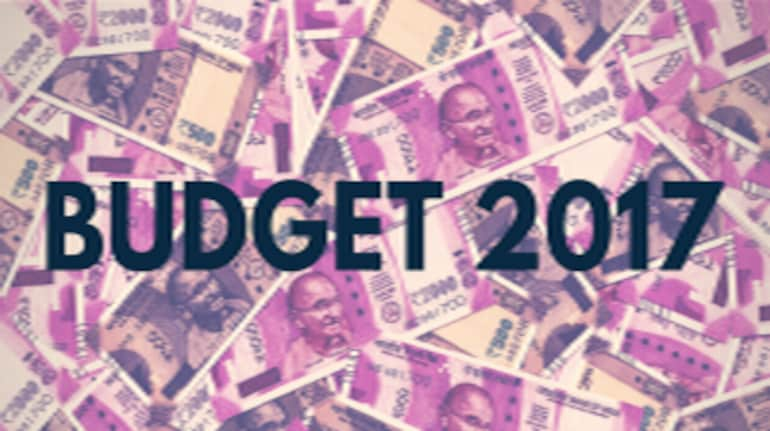

Ravi MahajanHistorically, India has been the world's largest outsourcing destinations for the information technology industry, accounting for approximately 67 percent of the USD 124-130 billion market. With the current wave of automation, digitisation and growing awareness of the benefits of technology and e-commerce, the coming years are slated to be an exciting time for the technology industry and are expected to transform the way India and the world operates. Realising this immense potential, the Government of India has taken the lead to announce plans such as Digital India and Start up India to facilitate growth in the industry. With Indians having established their credentials not only as a back office operators but as leaders of some of the key technology players in the world, India is also gaining prominence in terms of being the intellectual capital hub with several global IT firms setting up their innovation centres in India. At the same time, the impact of some of the global factors such as policy measures of the new US government and the cost competition from various countries such as China, Philippines, Poland, etc is something that cannot be controlled.Given the above backdrop, the Indian technology industry has significant hopes from the Finance Minister in the upcoming Budget 2017. From a tax perspective, 2016 brought in several positives for the industry – execution of various unilateral and bilateral Advance Pricing Agreements, dispute resolution through Mutual Agreement Procedure, clarity on the SEZ incentive regime, rules for foreign tax credit, deferral of POEM and ICDS, introduction of patent box regime and tax breaks for eligible start-ups, to name a few. The industry expects this trend to continue in the coming year.With the current focus on GST, the industry expects a time frame of at least six months between finalisation and Go-live date for the law. While some temporary relief was granted for service tax refund claims filed upto March 31, 2015, the industry expects extension of the same to all refund claims filed upto March 2017.On the direct tax front, preferential patent box regime which was introduced by Budget 2016 to encourage indigenous research and development. Currently, in order to claim the benefit of the patent box regime, the patent needs to be registered under the Patent Act in India. Hence, eligibility of software to claim such benefits is not free from debate. A clarification including such activities under the patent box regime will be a great boost for the Start-up India and Make in India plans as well. In light of the time and effort being directed towards IND-AS transition (in either Phase 1 or Phase 2), the industry expects the notified ICDS to be either withdrawn or deferred. Further, keeping in mind the investor sentiment at this stage, GAAR should also be deferred by another 2 years. Also, replacing the subjective POEM provisions with an objective CFC regime would be a welcome step.The legacy issue of royalty taxability for use v/s right to use shrink wrapped software has been a matter of litigation for a very long period, especially under the Tax Treaty scenario. In order to bring an end to the prolonged litigation, the Government should bring in more clarity on this issue.While there is now clarity on the availability of the profit-linked/ investment linked incentives, the industry eagerly awaits an announcement on tax rate cuts and MAT rationalisation. Equally awaited is some announcement and clarity around the treatment of equalisation levy.The industry expects a rise in the upper cap of monthly salary of Rs 25,000 to be able to claim the benefits for deduction qua the additional employees recruited in the service sector, along with treatment at par with manufacturing industry when it comes to higher depreciation rates linked to additional investment. The issue of trigger of Section 14A disallowance on exempt dividend income has been a matter of debate, since DDT suffers taxability by way of distribution taxes as against taxability in the hands of the recipient. It should be clarified that dividend income which has been subject to DDT would be out of purview of exempt income for Section 14A purposes. The technology sector, especially in the start-up space has seen considerable action in the context of fund raising and M&A. Start-ups operate in a volatile environment and the valuation of the start-ups keep changing with the market scenario. This has resulted in tax authorities issuing notices to the start-ups alleging that the shares have been issued at more than the fair value, especially where the valuation decreases in the subsequent funding round. With a view to promote Start Up India initiative, the Government should exempt start-ups from the said provisions. In the context of transfer pricing, the government should introduce lower rates for safe harbour, in line with the general industry trend / decisions of the Courts in the case of IT / ITES players and the recent conclusions under the APA program of the Government. The government also needs to address the overlap in the definition of certain terms like BPO / KPO / software / R&D to reduce disputes and ensure certainty in the manner of interpretation. The APA programme of the government has shown resounding success through resolutions at a good pace thus, instilling confidence for the Indian tax governance system in the minds of the international tax community. One improvement could be in the context of an opportunity being provided to the applicant to assess comparability of the companies selected by the APA authorities. In addition, the government should bring in more clarity for transactions such as management costs, cost allocations, AMP spend, working capital adjustments etc. in the tax law.To sum up, the industry is looking upto the Government to partner with them to brace the uncertain global scenario which lies ahead of them.The author is Tax leader for the technology sector with EY India(Megha Dhanuka, Senior Tax Professional, EY also contributed to the article) (Views expressed are personal)
Discover the latest business news, Sensex, and Nifty updates. Obtain Personal Finance insights, tax queries, and expert opinions on Moneycontrol or download the Moneycontrol App to stay updated!